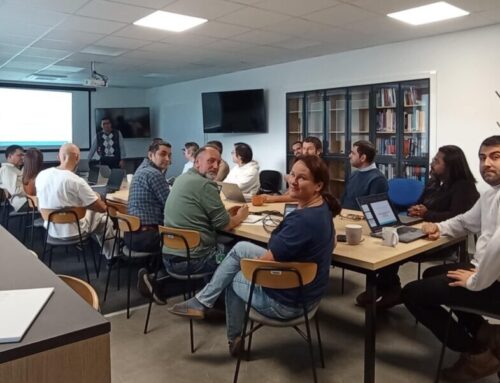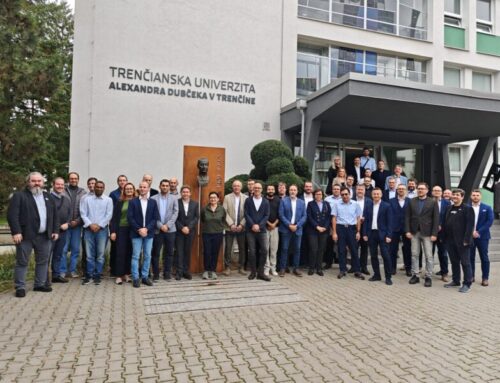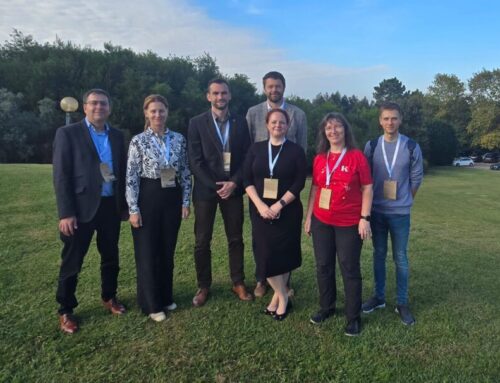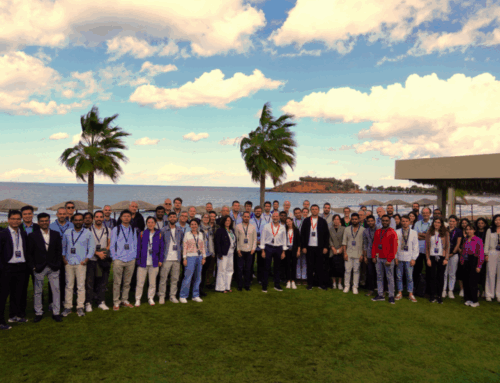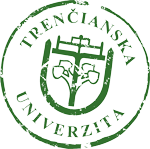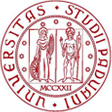Innovative Design Methods and 3D Printing: Pierandrea Dal Fabbro’s Research Stay at FunGlass
Pierandrea Dal Fabbro, a PhD student from the University of Padua, Department of Civil, Environmental and Architectural Engineering, joined FunGlass for a research stay from May 4 to August 4, 2025. His visit was carried out under the supervision of Dr. Ing. Jozef Kraxner and Prof. Gianpaolo Savio.
Pierandrea’s research focuses on Innovative Design Methods for Small and Medium Enterprises. His project aims to develop design methodologies that accelerate new product development for small teams working with limited resources. These methods support the entire development process—from requirements elicitation to detailed engineering documentation—within a user-centered, iterative feedback loop. They are intended to be practical and accessible, requiring neither specialized tools nor advanced expertise, making them ideal for resource-constrained environments.
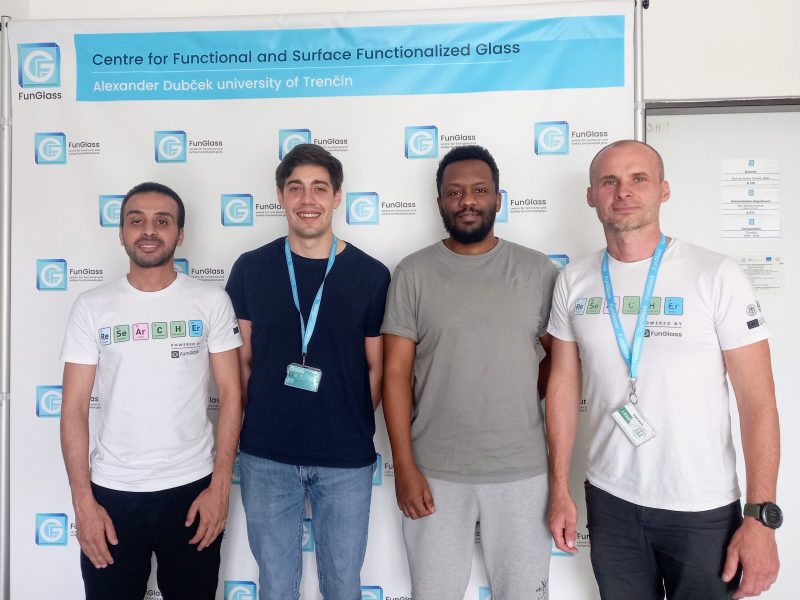
During his time at FunGlass, Pierandrea worked on the design and programming of an additive manufacturing printer head for slurry deposition, a key component in functional ceramic multilateral manufacturing. Collaborating with Abel Ourgessa and Ahmed Gamal, the team successfully developed new equipment that addressed previous limitations in process control. Testing confirmed that the redesigned system offered reliable and stable control of the deposition process, effectively preventing issues such as bubbles, clogging, and slurry sedimentation.
Further advancing the project, they developed multilateral nozzles by combining two modular printer heads in parallel. This led to the conceptualization of both side-by-side and concentric tube nozzle configurations, opening new possibilities for multimaterial ceramic printing.
Reflecting on his experience, Pierandrea commented:
“FunGlass is a leading research center specializing in ceramic materials. My work on multimaterial 3D printing for multifunctional ceramics, building on previous polymer 3D printing experience and collaboration with the center’s researchers, yielded promising results. We demonstrated the fabrication of heterogeneous artifacts with spatially tailored functionalities in a single manufacturing process, exemplifying functionally graded materials. This approach allows precise control of material composition and properties within one component, opening new possibilities for innovative products and applications, particularly in biomedical and aerospace fields.”
We extend our thanks to Pierandrea for his excellent work and collaborative spirit, and we wish him continued success in his academic and professional journey.
We gratefully acknowledge the financial support of the European Union NextGenerationEU through the Recovery and Resilience Plan for Slovakia under project 09I01-03-V04-00076.


